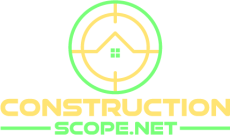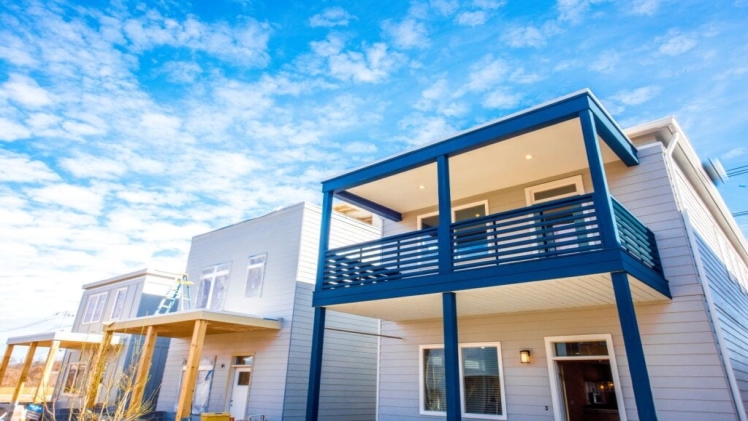Prefabricated homes emerged as a cheap and effective way to solve the housing issues the UK faced following the Blitz and the Second World War. Such homes were only supposed to last 10 years, seen as a quick and affordable temporary solution to the issue, but many still survive today, having lasted long past their sell-by-date. More recently, the demand for sustainable and affordable housing has increased, resulting in a rise in popularity for the prefab once again.
Where traditional residential homes are constructed on-site piece by piece, prefabs have sections and components constructed in a factory which are then transported and put together on-site. They are the fastest, cheapest and most sustainable way of constructing homes. This begs the question: why aren’t more homes built this way and are there any downsides?
Modular home
Each piece of a modular home is pre-made in a factory, transported to the building site and fitted together on top of permanent foundations. Approximately 15,000 of these homes are built every year in the UK. Modular properties tend to be consistent in terms of quality due to high standards of quality control which are easier to regulate in a factory environment than on a building site. As a result, they tend to have fewer defects and snags compared to traditionally constructed homes.
While the affordability, speed of construction and quality of these properties are massive upsides, there are some significant downsides when it comes to maintenance and buying and selling. As there is a limited range of standard designs, there is limited scope to customise them, and they can be more complicated to repair and maintain due to the method and materials used during construction. This being said, professionally built modular homes should be mortgageable like a conventional property.
Manufactured/volumetric homes
This type of home is not fixed to permanent foundations and are built in bulk sections in a factory to be fully assembled on-site. They often have electrics, plumbing, heating, doors, windows and internal finishes all installed in the factory. Construction time is quick as most of the building process takes place within the factory.
Similarly to modular homes, you have less room for manoeuvre when looking to personalise your home. Repairs and maintenance can also be more expensive. Some buyers may potentially be put off the fact that there are no permanent foundations and the limited potential to make changes or extend.
Kit homes
Like modular homes, kit homes consist of factory manufactured pre-cut pieces. These are subsequently put together by hired contractors or even the homeowners themselves. This is certainly more aimed at people who want a more hands on approach in the construction of their home and the construction costs will be vastly cheaper as a result.
The lack of personalisation with prefab homes is, unsurprisingly, also an issue for kit homes and you’ll have to be happy with the property as it is. It may be significantly more difficult to sell a kit home too, as there can be a stigma regarding the quality and durability of these homes, which isn’t entirely unjustified. It goes without saying that a traditionally constructed home will be more durable in the long run; many buyers may be spooked by the fact that it has been assembled ‘by hand’ and will lose interest.
This article was written by an online estate agent House Sales Direct. If you wish to sell your house fast and for free, then head over to the House Sales Direct website for more property related information and enquiries.

